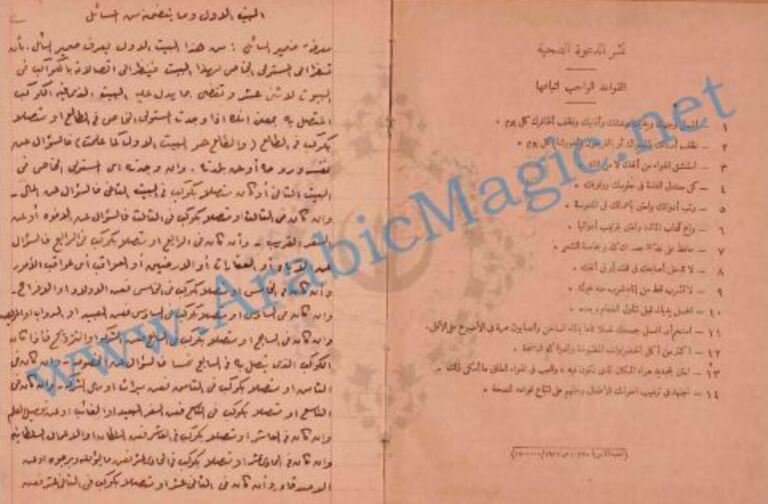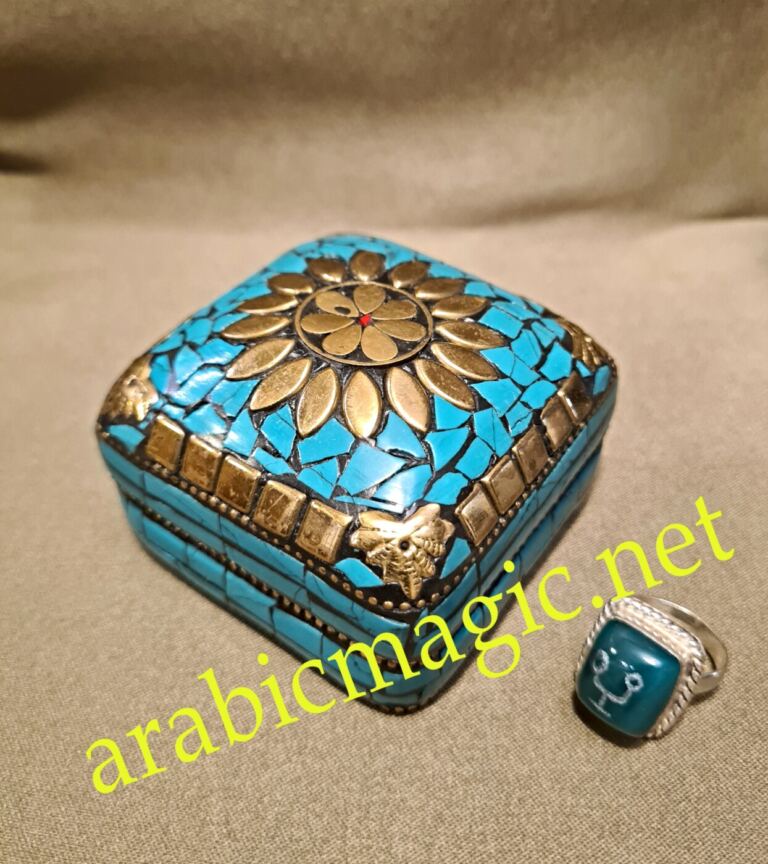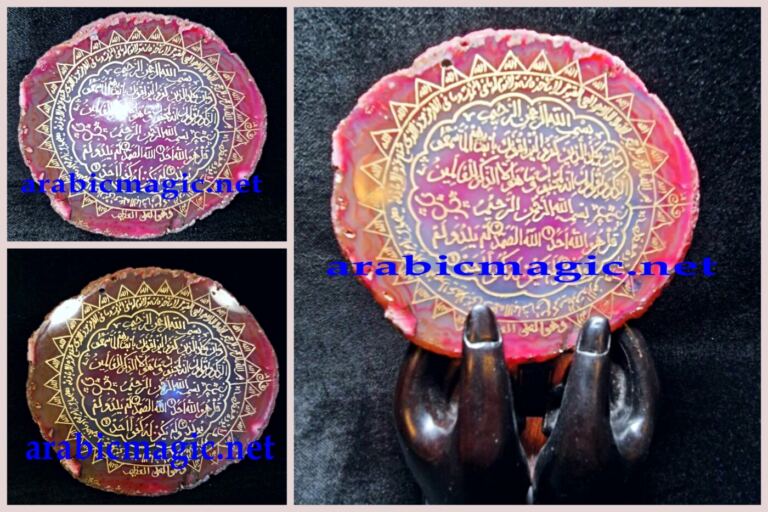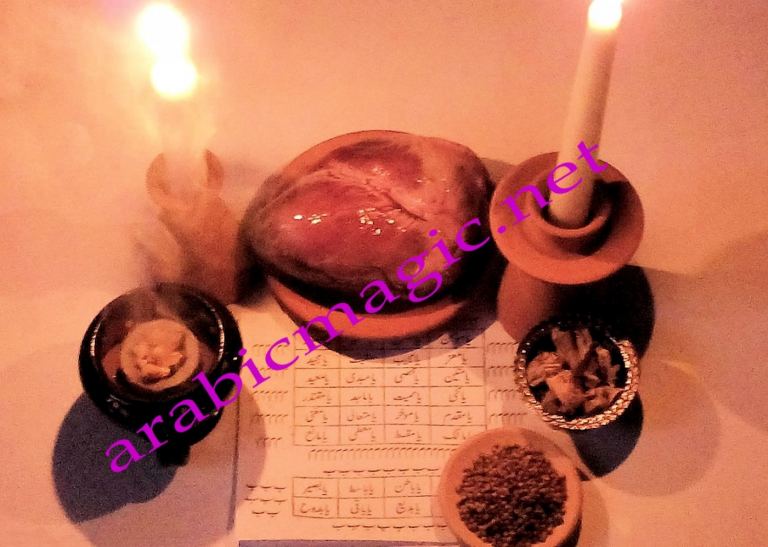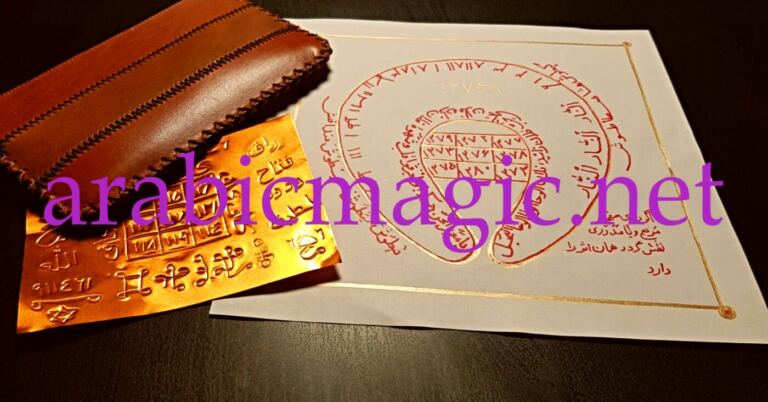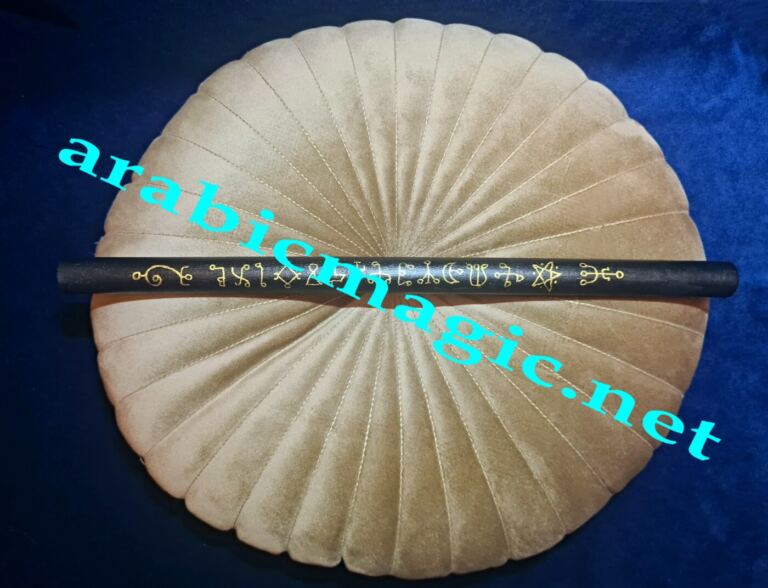Ritual for Enslaving and Subordination Using Clay Doll/ Arabic Black Magic Spell
This Ritual for Enslaving and Subordination Using a Clay Doll is a highly potent Arabic black magic spell designed to dominate the will of any person you desire. By performing this ritual, you can bind their conscious thoughts entirely to you, ensuring they focus solely on your needs and desires. This ritual effectively removes any external influence from friends, family, or other relationships, making the targeted individual utterly obedient and subservient to your will. The clay doll, carefully crafted to represent the person, becomes the vessel through which their thoughts and emotions are controlled. The process begins by inscribing the doll with specific magical symbols and Arabic incantations that bind the target’s mind and spirit to you. These symbols are charged with powerful energy during the ritual to enforce absolute dominance over their free will.
The clay doll is further empowered through a series of invocations and ceremonies designed to channel dark energies into the talisman. Special rituals are performed to infuse the doll with commanding energy, solidifying its connection to the targeted person. Once charged, the doll is ritually bound with strings or seals, symbolizing the complete subordination of the individual’s thoughts and actions. The ritual ensures that the person will disregard any external opinions or objections and will respond solely to your commands. This spell is an effective and intense tool for gaining complete control over someone’s mind and will, ensuring their unwavering loyalty and devotion to you. It is a ritual of immense power, demanding careful execution and intent, as it leaves no room for resistance from the target.
Attention! This is a serious magical influence that once done is very hard to break and that is why is used only in extreme situations because this is a very serious enslaving magic.
Click on the pictures above to see the pictures in full-size*
We guarantee complete confidentiality to each client and high level of professionalism. In addition, as a proof of our work we sent to you pictures of the performed rituals. If you wish to make an order for a certain ritual, use the following email: [email protected]



